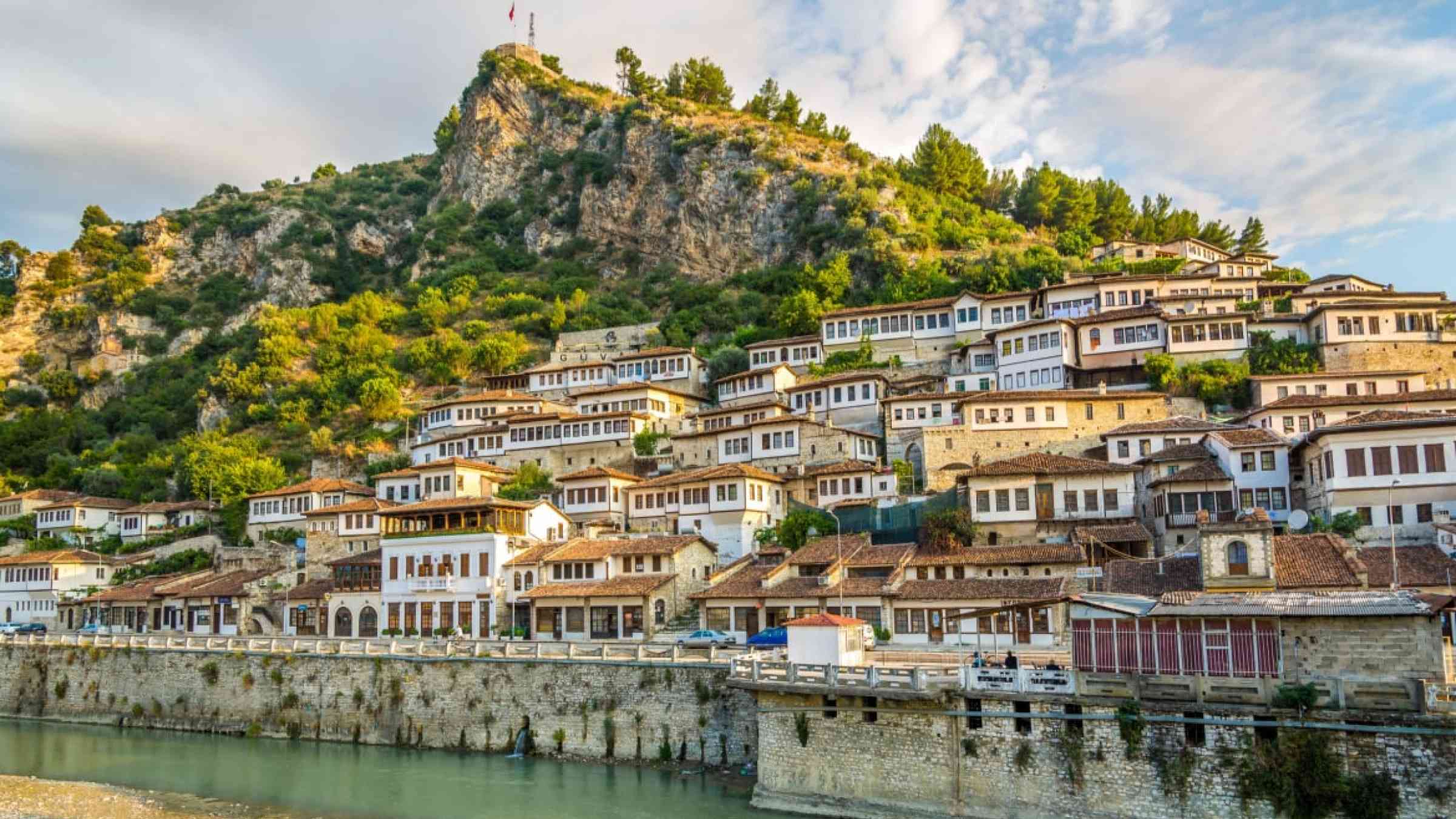How can Albania help local governments better manage disaster risk?

It has been said that if you fail to plan, you are planning to fail. This is especially true for managing disaster and climate risks in any country, but it is perhaps even more relevant in a country like Albania, which is exposed to floods, extreme weather, earthquakes, wildfires and landslides. Managing and reducing the risks associated with such events requires planning built on solid information, expertise, and resources to support activities to prepare for, mitigate, and respond to disasters.
In Albania, municipalities are on the frontline when it comes to disaster risk management. They not only employ first responders like police and firefighters but are also the level of governance closest to citizens and best placed to pursue measures and actions to reduce the impacts of disasters on the population. Municipalities have exclusive local responsibility for disaster risk reduction and civil protection and, to support disaster risk management municipalities are expected to set aside funds equivalent to 4% of their total municipal budget. To support implementation, institutional structures such as civil protection committees have been created and new instruments are being introduced, including risk assessments, disaster risk reduction strategies, and civil emergency plans at the national, regional (qark), and local levels.
While the framework for disaster risk management planning exists, lack of human and financial resources often leads to policy failures. Many municipalities are under-staffed, unable to hire and retain sufficiently qualified individuals to pursue adequate disaster risk management activities. And despite the 4% minimum set out in legislation, there still appears to be some confusion and miscommunication regarding financing of disaster risk management. Part of this is due to the fact that the National Agency for Civil Protection has the obligation to establish a Solidarity Fund based on public procurement legislation for emergencies that can support municipalities upon request. All of this has incentivized continuation of a predominantly reactive approach where emergency response is mobilized when needed—but the underlying disaster risks are not being reduced—and post-disaster funding decisions must be made under significant time pressure with limited information.
A Toolbox for Disaster Risk Management
Fixing these resource and information gaps is therefore essential to protecting lives and public investments in infrastructure in Albania. A new Toolbox for Integrating Disaster Risk Management into Albanian Municipal Planning and Budgeting, developed by the World Bank and Co-PLAN – Institute for Habitat Development with engagement of the National Civil Protection Agency, aims to do just that by providing guidance to municipalities on how to better prepare their mid-term budgets in support of disaster risk management. The Toolbox covers a range of topics specifically relevant for implementing proactive disaster risk management including planning, budget preparation, prioritization of projects, and resource mobilization.
Sound planning is not possible without robust and reliable information, in this case on disaster risks and past losses to catastrophic events. The Toolbox therefore includes guidelines that help to create, unify, and manage data on the local level for disaster risk management. This builds upon the findings and recommendations of another World Bank report, developed in conjunction with Mott MacDonald, on Improving disaster risk and loss information in Albania, which provides guidance on how to improve the collection, accessibility, and utilization of georeferenced disaster loss, hazard, exposure, vulnerability and risk data and information.
Disasters are not completely preventable, so while efforts to reduce risks are important, Albania also needs to be prepared for the worst. Information and financing again play an important role here, as outlined in the World Bank’s Disaster Risk Finance Diagnostic. Albania’s experience during the COVID-19 pandemic also demonstrated that the country’s financial preparedness to meet disaster-related liabilities is of growing importance. The Government should design a comprehensive strategy that clarifies priorities and identifies various risk financing instruments to better target different groups of stakeholders and address disasters of varying frequency and severity.
The devastating earthquake that hit Albania in 2019 happened after the legal framework on civil protection was passed, but before there had been sufficient time for the Government to fully implement it. Now is the time to ensure that the risk-informed and proactive disaster risk management approach outlined in the law is actively pursued and sufficiently resourced before the next disaster strikes. We and other international partners will continue to advise and work with the Government on these efforts, ensuring a more resilient economy and future for the Albanian people.